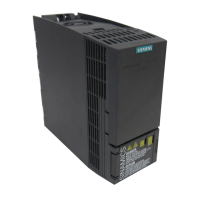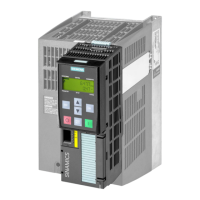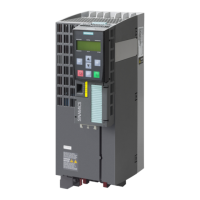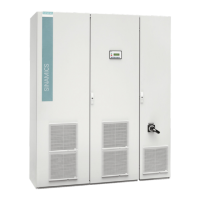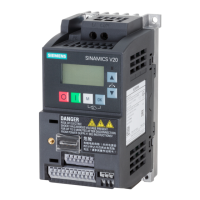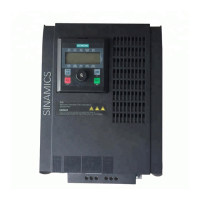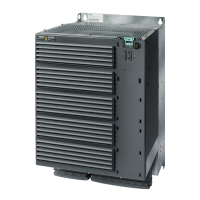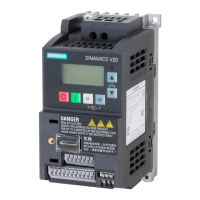8.20.4 Application examples for closed-loop motor control
Additional information for setting the closed-loop motor control in certain applications is
provided in the Internet:
• Engineering and commissioning series lifting equipment/cranes (https://
support.industry.siemens.com/cs/de/en/view/103156155)
• Commissioning a compressor with closed-loop pressure control (https://
support.industry.siemens.com/cs/ww/en/view/77491582)
8.21 Electrically braking the motor
8.21.1 Electrical braking
Overview
Braking with the motor in generator operation
If the motor brakes the connected load electrically, it converts the kinetic energy of the motor
into electrical energy. The electrical energyE released when braking the load is proportional
to the moment of inertiaJ of the motor and load and to the square of the speedn. The motor
attempts to transfer the energy on to the converter.
Main features of the braking functions
DC braking
DC braking prevents the motor from transferring the braking en‐
ergy to the converter. The converter impresses a DC current into
the motor, which brakes the motor. The motor converts the brak‐
ing energyE of the load into heat.
• Advantage:The motor brakes the load without the converter
having to process regenerative power.
• Disadvantages:Signicant increase in the motor temperature;
no dened braking characteristics; no constant braking torque;
no braking torque at standstill; braking energy E is lost as heat;
does not function when the power fails
Compound braking
One version of DC braking. The converter brakes the motor with a
dened ramp-down time and superimposes a DC current on the
output current.
Advanced commissioning
8.21Electrically braking the motor
SINAMICS G120C Converters
324 Operating Instructions, 02/2023, FW V4.7 SP14, A5E34263257B AK
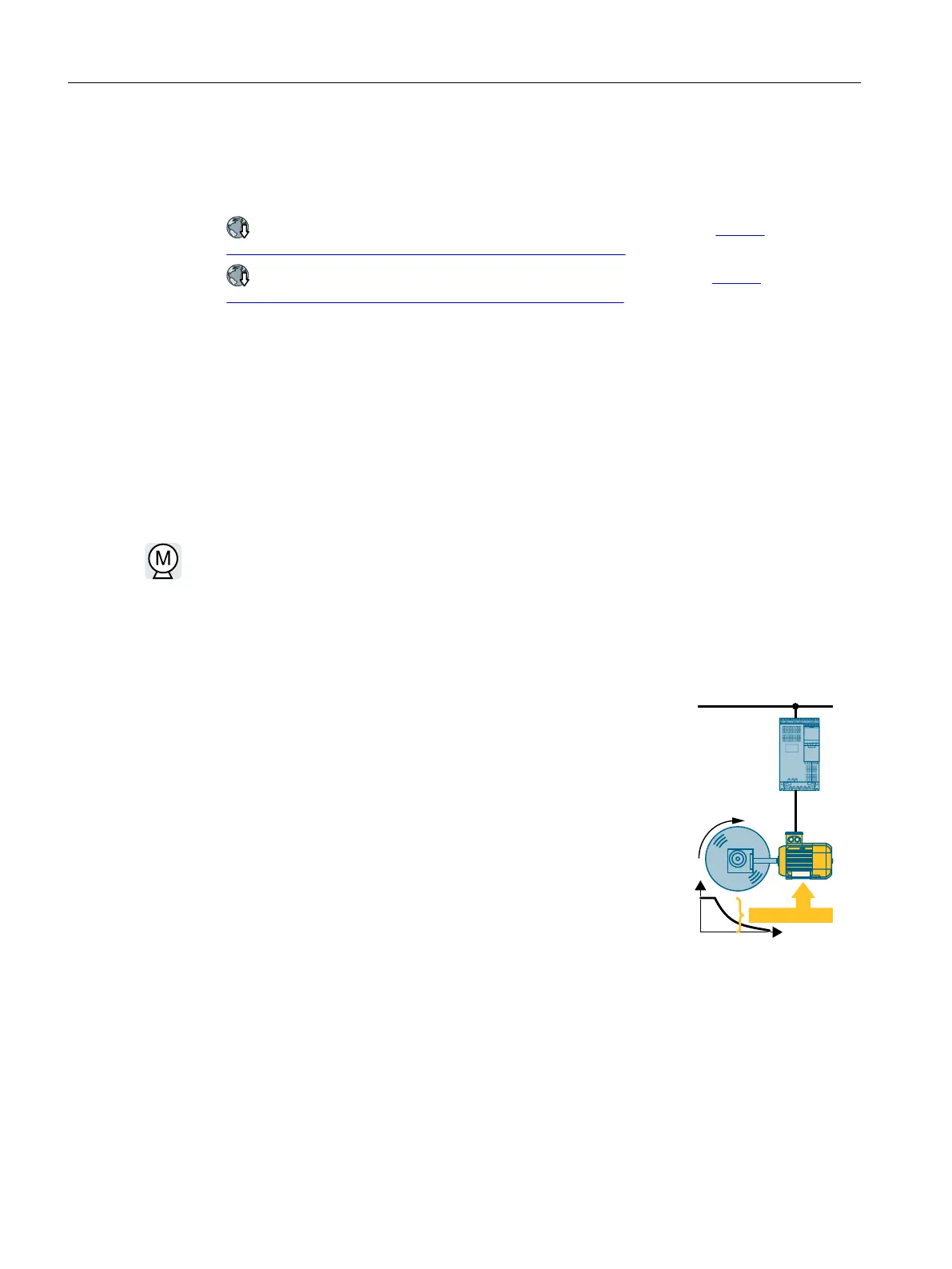